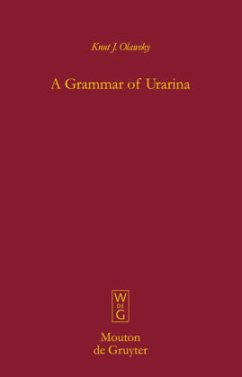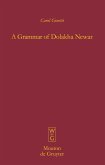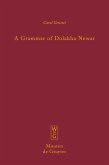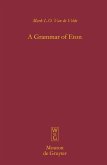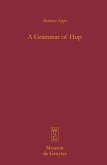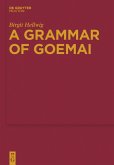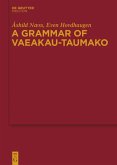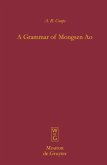Urarina is an endangered isolate spoken by less than 3,000 people in the rainforests of North-western Peru. This book aims at providing a comprehensive description of Urarina grammar covering all areas of the language.
From a linguistic point of view, Urarina is particularly interesting because of a range of unusual grammatical characteristics that are rarely or not at all found in other languages. One remarkable property is the constituent order OVA/VS, which was classified as "non-existing" by Greenberg (1966). However, this atypical syntactic structure is a surprisingly consistent feature of Urarina, which discerns it from the majority of languages which are assumed to follow this syntactic pattern. Another feature probably unique to Urarina is the existence of a three-way distinction for person marking on all verbs. The choice of the respective paradigm depends on a complex set of syntactic and pragmatic conditions, which are investigated in detail. Scholars whose main interest is in morphology will also be intrigued by the polysynthetic verbal morphology of Urarina, which fits well into the Amazonian context.
A Grammar of Urarina is based on the framework of basic linguistic theory, which will be accessible to scholars from a wide range of backgrounds. The straightforward presentation of linguistic structures is accompanied by in-depth discussion of the most interesting and unusual features, illustrated by examples for all grammatical phenomena and often summarised by tables or diagrams. This book fills a gap not only for studies in Amazonian languages but also from a typological perspective.
Hinweis: Dieser Artikel kann nur an eine deutsche Lieferadresse ausgeliefert werden.
From a linguistic point of view, Urarina is particularly interesting because of a range of unusual grammatical characteristics that are rarely or not at all found in other languages. One remarkable property is the constituent order OVA/VS, which was classified as "non-existing" by Greenberg (1966). However, this atypical syntactic structure is a surprisingly consistent feature of Urarina, which discerns it from the majority of languages which are assumed to follow this syntactic pattern. Another feature probably unique to Urarina is the existence of a three-way distinction for person marking on all verbs. The choice of the respective paradigm depends on a complex set of syntactic and pragmatic conditions, which are investigated in detail. Scholars whose main interest is in morphology will also be intrigued by the polysynthetic verbal morphology of Urarina, which fits well into the Amazonian context.
A Grammar of Urarina is based on the framework of basic linguistic theory, which will be accessible to scholars from a wide range of backgrounds. The straightforward presentation of linguistic structures is accompanied by in-depth discussion of the most interesting and unusual features, illustrated by examples for all grammatical phenomena and often summarised by tables or diagrams. This book fills a gap not only for studies in Amazonian languages but also from a typological perspective.
Hinweis: Dieser Artikel kann nur an eine deutsche Lieferadresse ausgeliefert werden.
"This is a comprehensive description of the phonology, morphology and syntax of a little known Amazonian language, and should be of interest to typologists and linguists interested in Amazonian and Native American languages. Olawsky's description of Urarina is objective, clearly written, and extremely detailed, and it provides multiple examples of all sounds, morphemes, word classes and syntactic constructions discussed."
Carolina González in: Linguist List 19.1916
Carolina González in: Linguist List 19.1916

